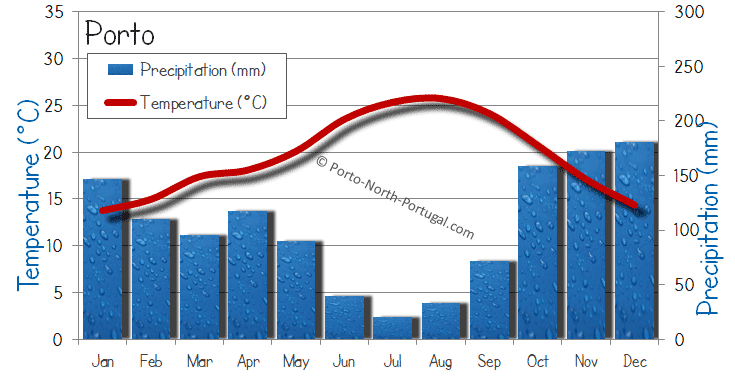












The large nettle ( Urtica dioica L.), also called dioecious nettle or common nettle , is a herbaceous , perennial plant of the family Urticaceae and the genus Urtica . It is a species of Eurasian origin that is present today worldwide. Urticating, it is also a food plant and used for different agricultural, industrial and medicinal uses. Its flowers are unisexual, carried either by different feet ( diécie ), or by the same foot ( monoécie very rare), which can help to better understand the genetic mechanisms of the sexual separation of plants.
Vegetative apparatus
Stinging hair, called a sting, has a silica tip that sticks like a needle in the epidermis, and is capped with a "bulb" that breaks like glass at the slightest friction, releasing the stinging liquid.
It is a herbaceous perennial plant 60 to 150 cm high, forming colonies thanks to its long rhizomes . All its organs (stem, leaves, flower) are covered with two types of hair: long stinging hairs (quills called scientifically trichomes ) and small soft hairs. The density of these quills increases in plants grazed by herbivores or subjected to mechanical aggression (trampling, mowing). The nettles of the undergrowth have fewer spines because they are less exposed and therefore less assaulted. This variable density is related to the strategy of defense against herbivores , the induced defense and the allocation of resources [ 1 ] . The stinging hairs are unevenly distributed: the base of the stem and the internodes have a lower density, as well as the upper surface of the leaves (where the more sparse hairs are located mainly along the veins ), but again, there is great variability [ 2 ] . They are generally oriented upwards, which makes it possible to pick them with bare hands by gently pinching the stem while raising the fingers upwards [ 3 ] . However, harvesting with thick gloves is less risky, as is harvesting when it is mounted to seed because it stings less. In case of an injection, it is possible to calm the burns by crushing the skin of fresh leaves of Grand Plantain , or in the absence of mint leaves, elderberry, parsley, crushed nettle, ground ivy , sorrel or mauve, or even apply dry earth, a half of onion or a compress soaked in vinegar [ 4 ] .
Its stems with quadrangular section are erect and unbranched (however, a cut stem can very well emit lateral discharges ) [ 5 ] .
The dark green, opposite leaves, ovate to lanceolate , are usually twice as long as they are wide. They are lined with strong triangular teeth. Epidermal cells contain calcified corpuscles called cystoliths . The more or less elongated form of cystoliths is a derivative characteristic of Urticaceae [ 6 ] .
This nettle has rhizomes tracing a few mm thick, with a hairy fine adventitious roots that contain polysaccharides , a lectin , many phenolic compounds, lignans and sterols [ 7 ] .










